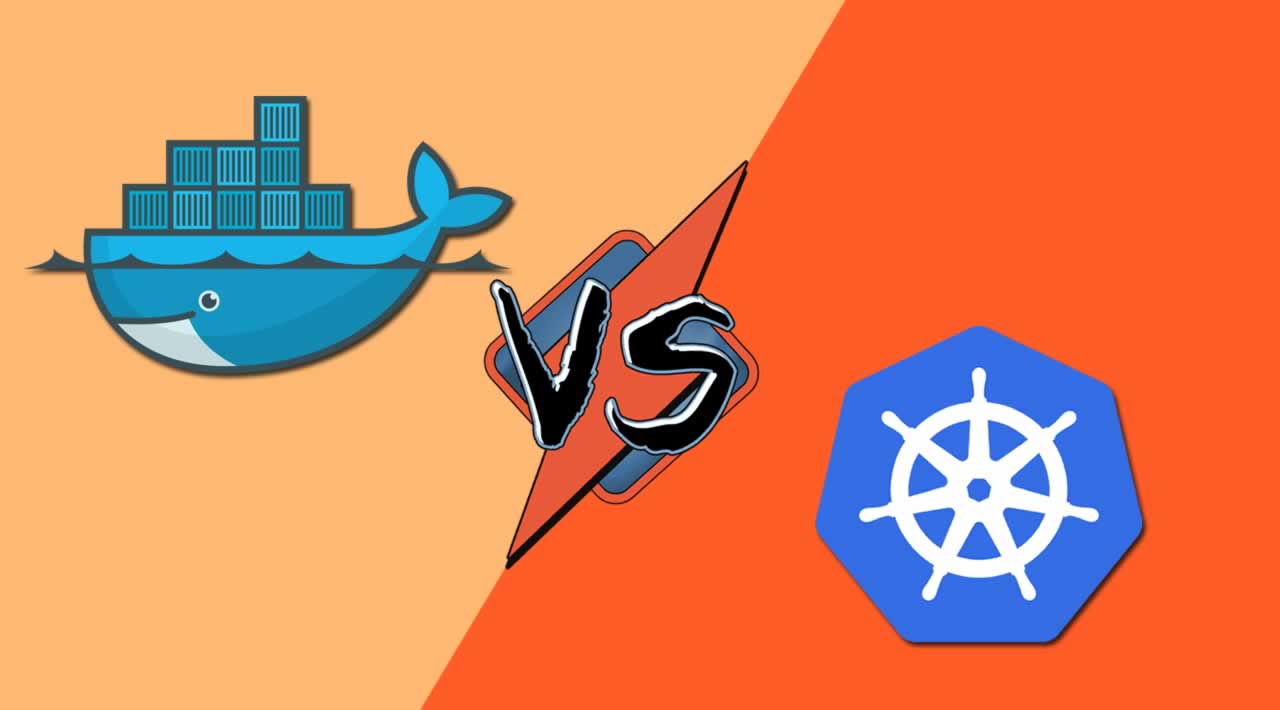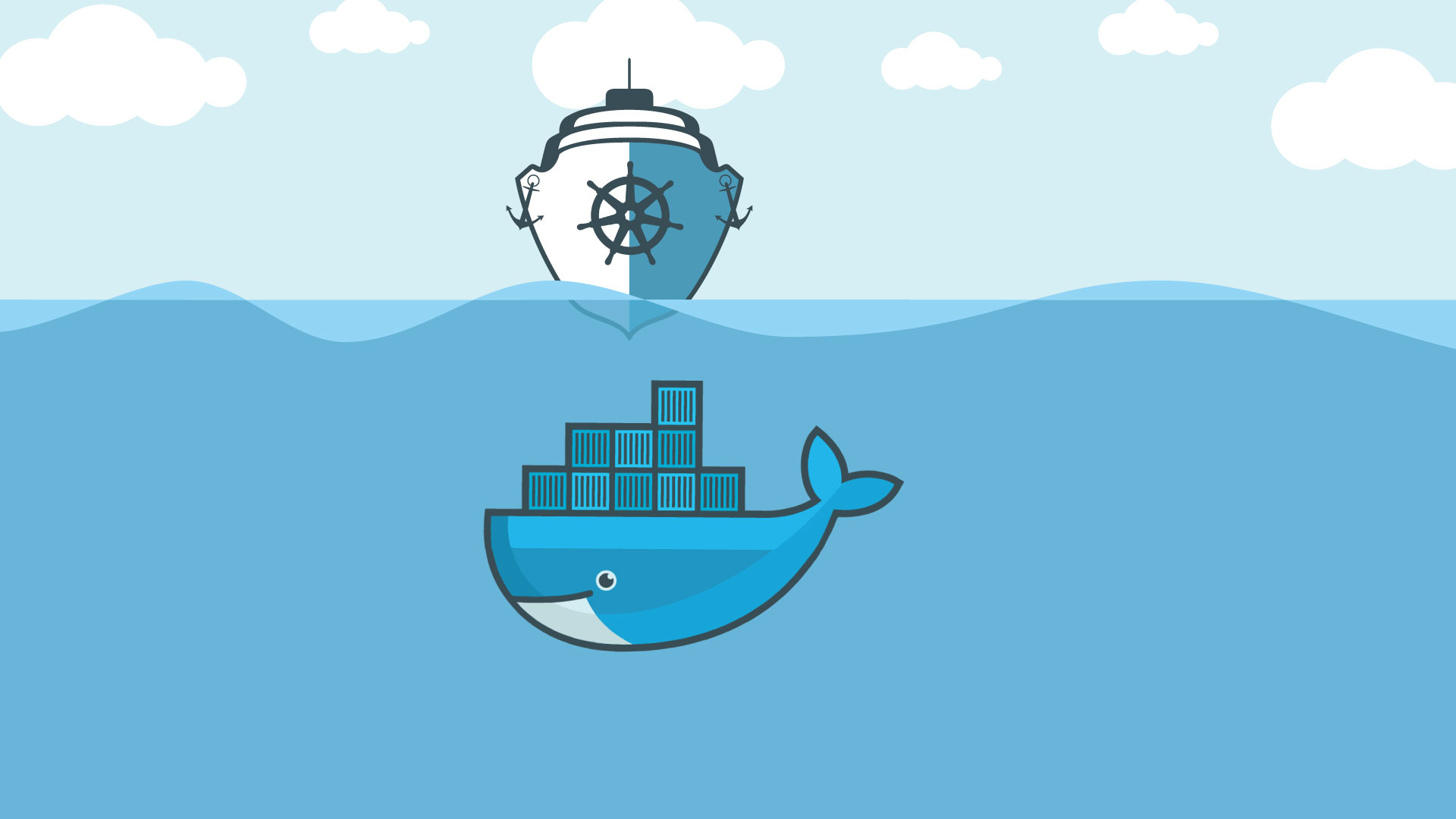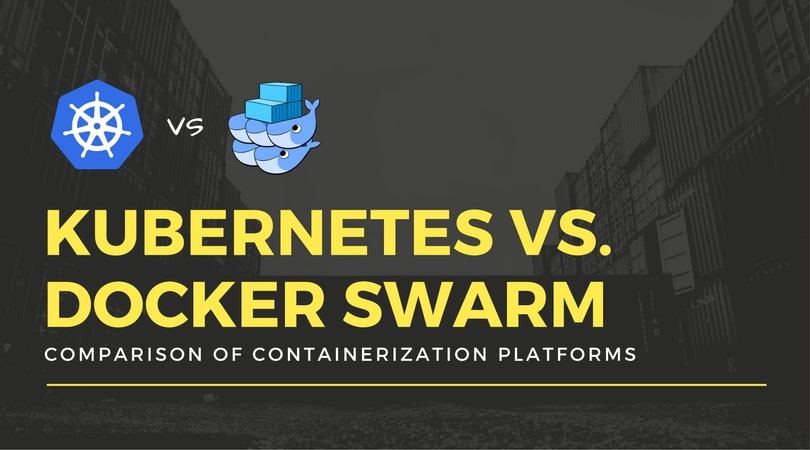Understanding the Basics: Docker and Kubernetes
Containerization technology has revolutionized application development, deployment, and management. Two prominent tools in this space are Docker and Kubernetes. Docker is a platform that simplifies application packaging and deployment by using containers. Kubernetes, on the other hand, is an open-source container orchestration system designed to automate deploying, scaling, and managing containerized applications.
Docker: A Brief Overview
Docker is an open-source containerization platform that allows developers to package applications and their dependencies into a single container. This container can then be deployed and run consistently across different environments, such as development, testing, and production. Docker simplifies application deployment and management by reducing the overhead associated with traditional virtualization techniques.
Docker offers several key features, including:
- Isolation: Docker containers run in their own environment, isolated from the host system and other containers.
- Portability: Docker containers are highly portable, enabling applications to run consistently across various platforms and infrastructure.
- Versioning: Docker images can be versioned, allowing developers to track changes and roll back to previous versions if needed.
- Sharing: Docker images can be easily shared, making collaboration and code reuse more efficient.
Kubernetes: A Comprehensive Look
Kubernetes, also known as K8s, is an open-source container orchestration system designed to automate the deployment, scaling, and management of containerized applications. It groups containers that make up an application into logical units for easy management and discovery. Kubernetes provides a robust platform for managing complex, large-scale containerized applications, allowing teams to focus on delivering value instead of managing infrastructure.
Key capabilities of Kubernetes include:
- Automated rollouts and rollbacks: Kubernetes can automatically roll out new versions of applications and roll back to previous versions if needed.
- Service discovery and load balancing: Kubernetes can automatically discover and load balance services within a cluster, ensuring high availability and reliability.
- Storage orchestration: Kubernetes simplifies the management of storage resources, allowing teams to mount local storage, public cloud providers, and network storage systems.
- Batch execution: Kubernetes can manage batch and CI workloads, providing a unified platform for managing both stateless and stateful applications.
- Self-healing: Kubernetes restarts failed containers, replaces containers, kills containers that don’t respond to user-defined health checks, and doesn’t advertise them to clients until they are ready to serve.
Comparing Docker and Kubernetes: Key Differences
Docker and Kubernetes serve different purposes in the containerization landscape, and understanding their key differences is essential for making informed decisions when working with containerized applications. Docker focuses on creating and packaging containers, while Kubernetes specializes in managing and orchestrating these containers in a production environment.
Some primary differences between Docker and Kubernetes include:
- Functionality: Docker is a container runtime, responsible for creating, running, and handling the lifecycle of containers. Kubernetes, on the other hand, is a container orchestrator, managing multiple containers across various hosts and ensuring they work together seamlessly.
- Abstraction level: Docker operates at a lower level, dealing with individual containers. Kubernetes works at a higher level, handling container clusters and providing services like load balancing, scaling, and self-healing.
- Complexity: Docker is relatively simple and easy to use, making it a popular choice for developers. Kubernetes has a steeper learning curve due to its extensive features and capabilities, making it more suitable for complex, large-scale applications.
- Integration: Docker and Kubernetes can be used together, with Kubernetes managing Docker containers. This combination allows developers to leverage Docker’s simplicity for development and testing while benefiting from Kubernetes’ advanced orchestration capabilities in production environments.
When to Use Docker and When to Use Kubernetes
Choosing between Docker and Kubernetes depends on the complexity of the project, scalability requirements, and team expertise. Understanding the use cases for each technology can help you make informed decisions and optimize your containerization strategy.
When to Use Docker:
- Development and testing: Docker’s simplicity and ease of use make it an ideal choice for development and testing environments.
- Small-scale projects: For projects with limited scalability requirements, Docker can provide a lightweight and efficient containerization solution.
- Learning and experimentation: Docker is an excellent tool for learning containerization concepts and experimenting with new ideas.
When to Use Kubernetes:
- Large-scale applications: Kubernetes excels in managing complex, large-scale containerized applications, providing advanced orchestration capabilities.
- Microservices architectures: Kubernetes is well-suited for managing microservices-based applications, allowing for seamless integration and communication between services.
- Continuous integration and continuous delivery (CI/CD): Kubernetes’ automation and scaling features make it a powerful choice for implementing CI/CD pipelines.
- Hybrid and multi-cloud environments: Kubernetes can manage containerized applications across various infrastructure, including on-premises, hybrid, and multi-cloud environments.
How to Implement Docker and Kubernetes Together
Integrating Docker and Kubernetes can provide a powerful containerization and orchestration solution for managing complex applications. By combining their strengths, you can streamline development, testing, and production processes while ensuring high availability, scalability, and resilience.
Step-by-Step Instructions:
- Install Docker: Set up Docker on your development machines and servers to enable container creation and management.
- Install Kubernetes: Install and configure a Kubernetes cluster using a platform like Minikube for local development or a managed Kubernetes service for production environments.
- Create Docker Images: Develop your application and its dependencies, then create Docker images using a Dockerfile.
- Push Docker Images: Push the Docker images to a container registry, such as Docker Hub or Google Container Registry, for distribution and deployment.
- Define Kubernetes Resources: Create Kubernetes manifests (YAML or JSON files) to define resources like Deployments, Services, and ConfigMaps for your application.
- Deploy to Kubernetes: Apply the Kubernetes manifests to deploy your application to the cluster, using tools like
kubectlor Helm. - Monitor and Manage: Monitor your application’s performance and manage its lifecycle using Kubernetes’ built-in tools and additional monitoring solutions.
Potential challenges when integrating Docker and Kubernetes include managing complex configurations, understanding Kubernetes’ declarative configuration model, and ensuring security across the entire stack. To overcome these challenges, consider investing in training, utilizing community resources, and adopting best practices for containerization and orchestration.
Popular Tools and Solutions for Docker and Kubernetes
Several tools and solutions can help streamline the management of containerized applications using Docker and Kubernetes. These tools offer various benefits, such as simplifying deployment, configuration management, and monitoring.
Docker Compose
Docker Compose is a tool for defining and running multi-container Docker applications. It allows you to define the application’s services, networks, and volumes in a YAML file, making it easier to manage and scale the application.
Helm
Helm is a package manager for Kubernetes that simplifies the deployment of applications and services. It enables you to package Kubernetes manifests into reusable charts, making it easier to manage complex applications and share configurations across teams.
Rancher
Rancher is a complete container management platform that supports both Docker and Kubernetes. It provides a centralized platform for managing multiple clusters, enabling you to deploy, manage, and scale containerized applications across various environments.
Weave Scope
Weave Scope is a visualization and monitoring tool for containerized applications. It allows you to visualize your application’s topology, monitor performance metrics, and interact with containers directly, making it easier to diagnose and resolve issues in a complex microservices environment.
Prometheus and Grafana
Prometheus is a popular open-source monitoring and alerting tool, while Grafana is a platform for data visualization. Together, they provide a powerful solution for monitoring and visualizing the performance and health of containerized applications running on Docker and Kubernetes.
By leveraging these tools and solutions, organizations can improve their containerization and orchestration workflows, ensuring efficient resource utilization, faster deployment times, and more robust application management.
Assessing the Future of Docker and Kubernetes
Docker and Kubernetes have transformed the way organizations develop, deploy, and manage applications. As containerization technologies continue to evolve, businesses can leverage these tools for long-term success by staying informed about trends, market adoption, and potential innovations.
Trends and Market Adoption
According to a recent Red Hat report, 95% of organizations are using containerization technologies, with Kubernetes being the most popular orchestration platform. The growing adoption of cloud-native architectures and microservices has led to an increased demand for containerization technologies, making Docker and Kubernetes essential components of modern IT infrastructure.
Potential Innovations
As containerization technologies continue to mature, we can expect advancements in areas such as security, performance optimization, and integration with other platforms. For instance, Kubernetes has already introduced features like network policies, role-based access control (RBAC), and Pod Security Policies to enhance security. Additionally, innovations in serverless computing, such as Knative, can further simplify the deployment and management of containerized applications.
Leveraging Docker and Kubernetes for Long-term Success
To leverage Docker and Kubernetes for long-term success, businesses should:
- Stay informed about the latest developments and updates in containerization technologies.
- Invest in training and certification programs to ensure that team members have the necessary skills and expertise.
- Adopt best practices for containerization, such as multi-stage builds, image size optimization, and runtime security measures.
- Implement robust monitoring and logging solutions to ensure the visibility and health of containerized applications.
- Explore emerging trends and technologies, such as serverless computing and edge computing, to determine how they can benefit from containerization.
By staying ahead of the curve and embracing the future of containerization technologies, businesses can ensure their long-term success in a rapidly evolving digital landscape.






